2020 was quite a year -- with some good things in the works
A surprising thing happened at The Narwhal during the very-bad-not-at-all-good year of 2020: we wrote more good news and solutions-focused stories than ever before
By Carol Linnet, for The Narwhal
You don’t need me to tell you what the seven years of 2020 have been like.
But if the pandemic has revealed anything to us, it’s that when the world breaks down, it breaks down differently for each of us.
Much of the great journalism resulting from these unprecedented circumstances has revealed anew the troubling nature of disasters: they often benefit the wealthy and powerful while making the lives of the vulnerable more precarious.
The Narwhal has covered those stories, too, over the past year. But something unexpected happened for our team amidst the long doldrums of lockdown: we told some of the most powerful good news and solutions stories ever to surface on the pages of The Narwhal.
With enough heaviness to last us seven more years, we wanted to take a moment to highlight 20 of our stories from the last year that are guaranteed to bring warmth to your self-isolated hearts.
1. The Canadian farmers fighting climate change
For many years, farming has been lambasted as being a significant contributor to climate change: the industry has been accused of emitting large amounts of methane from cattle, heavy use of pesticides and fertilizers, stripping the land and trending toward increasing industrialization on ever-larger farming operations.
But in recent years the role of farming in reducing emissions — and stewarding the carbon sequestration potential of farmland and ranch land across the Prairies — has been getting more and more attention.
2. The incredible scientists devoted to saving Western Canada’s only endangered tree
The tree is whitebark pine, the first and only tree in Western Canada to be designated an endangered species and the only coniferous tree in the country with the designation. Facing the combined threats of habitat loss, climate change, the mountain pine beetle and an invasive fungus called blister rust, these scientists recently hand-harvested hundreds of thousands of whitebark pine seeds to bring the tree back from the brink.
3. The B.C. First Nations who are helping bring caribou back from the brink
In 2014, with just 16 caribou remaining in the Klinse-Za herd, Saulteau First Nations and West Moberly First Nations decided to take matters into their own hands, building a pen for pregnant cows atop a remote mountain. Six years later, the herd is up to 95 caribou, including eight calves born in the pen this year.
4. The man who took on Canada’s largest oil refinery and won
When Gordon Dalzell learned the Irving Oil refinery’s air quality permit was up for review, he got to work.
In the quiet of winter, Dalzell, a Saint John-based clean air activist, hunkered down with his research and a blue pen, detailing his findings in sweeping cursive, hoping his words would impact the actions of one of the country’s biggest polluters. They did.
5. These incredible Indigenous collaborators who saved Manitoba’s last free river
The Seal River is Manitoba’s only major waterway that hasn’t been dammed — and five Indigenous communities have banded together to keep it that way by establishing a 50,000-square-kilometre protected area that’s about the size of Nova Scotia.
6. The people who have come up with a visionary conservation financing plan to save B.C.’s last remaining old-growth forests
Despite decades of protests, petitions and campaigns, only 2.7 per cent of B.C.’s original high productivity old-growth forests remains — and more than three-quarters of that small fraction is slated to be logged. First Nations leaders, conservationists, scientists and several politicians have put forward a new plan to finance old-growth forest protection in the upcoming B.C. and federal budgets and COVID-19 economic recovery plans.
7. The scientists who have brought one of the rarest mammals in the world back from the brink of extinction
The Vancouver Island marmot, Canada’s most endangered mammal, is only found in the wild on Vancouver Island mountains. Following intensive recovery efforts, the wild population has increased eight-fold, to just over 200 animals. Today, these marmots are found on more than 20 mountain sites compared with five sites in 2003.
8. The Cree Nation fighting to save the Broadback forest
This 1.3 million hectare forest in Quebec has never been logged or known the incursion of roads. It’s also one of the most carbon dense places on the planet, holding twice as much carbon as the Amazon per hectare, but community members fear “the loggers are coming” and have been asking the province to introduce new protections. Some of those new protections came in just this month and the community is committed to fighting for even more.
9. The First Nations who voluntarily paused fishing and helped rebuild a wild salmon population
The Wet’suwet’en First Nation and others voluntarily closed their food fishery or limited the catch of declining sockeye salmon for two decades to help rebuild populations. This year, those sacrifices paid off big-time with a salmon return 50 per cent higher than what they saw in 2017.
10.The Alberta First Nation that built Canada’s largest remote solar farm
An Indigenous corporation owned by the Athabasca Chipewyan First Nation, Mikisew Cree First Nation and Fort Chipewyan Metis Association launched a 2.2-megawatt solar farm just north of the Alberta oilsands. Electricity from the project in conjunction with another solar farm and a battery system, which together make up the largest remote solar farm in Canada, will begin flowing to the community grid in January.
11.The people saving Canada’s native grasslands — and storing a ton of carbon in the process
In the face of climate change, grasslands have a major role to play in sequestering carbon, storing as much as 180 tonnes of carbon per hectare, equivalent to the annual emissions of 39 cars. Some estimate the uncultivated grasslands of Western Canada may store two to three billion tonnes of carbon.
While government incentives exist for crop farmers, historically there has been little compensation for those retaining grasslands. But that’s changing, with a bevy of projects looking at the potential for carbon markets to play a role in saving Canada’s grasslands with the help of landowners.

Mickenzie Plemel-Stronks is a cattle industry liaison for Ducks Unlimited Canada. Plemel-Stronks is working to help preserve and repair native grasslands in Alberta. Photo: Amber Bracken / The Narwhal
12. The doubling of renewable energy projects in remote communities
The number of renewable energy projects in Canada’s remote communities has doubled since 2015, with the majority of those new projects coming on in the past two years. The projects are helping remote communities use less diesel fuel, which is costly and highly polluting.
13.The scientists who are saving and re-flooding marshes to fight climate change and protect communities from sea level rise
Salt marshes have long been overlooked as important ecosystems, vital habitat for species and major carbon sinks that can help in Canada’s fight against climate change. But in order for marshes to play their role, they need to be better understood, protected and rebuilt. Meet the scientists who are rolling up their sleeves and getting to that important work.
14. These family woodlot owners saving the Acadian forest from logging
The endangered Acadian forest is one of the most diverse temperate forests in the world but less than one per cent of the original carbon-rich forest remains. Community Forests International found restoring the Acadian forest has the potential to store 20 million tonnes of greenhouse gas emissions over the next few years — three times more than the country produces every year.
Forestry ownership in Eastern Canada is unique, with 45 per cent of forest land in the Maritimes belonging to private woodlot owners. That means protecting and restoring the remains of this forest comes down to thousands of families who may rely on logging for their income. Check out the innovators who are dreaming up ways these families could earn revenue from protection rather than destruction.
15. This Yukon First Nation using native plants to remediate old mine sites
Old and unreclaimed mine sites litter the territory of the Kaska First Nation. The Ross River Dena Council launched Dena Cho Environmental and Remediation Inc. to bring those old mine sites back to life with native species. The plan could not only help clean up and restore some of Canada’s most contaminated sites, but also bring back natives species that have been lost through the industrialization of landscapes.
16.These Indigenous communities bringing back the lost art of cultural burns
Beyond the pandemic, this has also been a year where countries across the planet were ravaged by wildfires. The practice of cultural burning by First Nations was outlawed by Canada’s colonial governments. But now First Nations are reclaiming these lost practices, reviving their traditions and important ways of protecting lands from the devastation of wildfires in a climate-changed world.
As a good-news bonus, this story was produced by The Narwhal’s first Indigenous Journalism Fellow, Kelly Boutsalis, with support from the Readers’ Digest Foundation.
17.The reason geothermal energy is finally gaining ground in Canada
It’s long been touted as an important baseload form of energy for Canada, yet geothermal has struggled to get off the ground due to the country’s historic focus on oil and gas. But this year Canada’s first commercial-scale geothermal electricity plant in Saskatchewan finished up its feasibility studies and expects to be generating geothermal power by 2022. The project represents a breakthrough for the industry, which could soon be harnessing geothermal energy from old oil and gas wells — putting hazardous industrial sites to good, renewable energy use and re-employing oil and gas sector workers in the process.
18.The First Nations who leveraged Great Bear Rainforest protections to launch a sustainable, Indigenous-owned scallop company
The concept of establishing sustainable Indigenous-led businesses on the West Coast was a prominent part of the Great Bear Rainforest Act, an agreement between the B.C. government, the Coastal First Nations and other First Nations whose territories are within the area. As part of these plans, the provincial and federal governments each contributed $30 million to support conservation and sustainable economic development projects, matching $60 million contributed by philanthropists and conservation groups.
The donors, governments and First Nations agreed to set up a trust called Coast Funds to administer the money to Indigenous projects that meet the goals of the agreement. The Indigenous-owned company Coastal Shellfish was the first project Coast Funds supported. Coastal Shellfish’s scallops are now helping clean the water near Prince Rupert and are quickly becoming a sought-after item in high-end Vancouver restaurants.
19.The people who used coronavirus as an opportunity to clean up remote B.C. beaches
Most of B.C.’s exposed coastline is rugged, remote and subject to dramatic weather conditions. Cleaning it up requires knowledge of the area, technical skill, good timing and extremely hard work. The B.C. government’s Clean Coast, Clean Waters Initiative Fund provided $3.5 million dollars to ecotourism businesses struggling during the pandemic to remove 61 tonnes of debris from the rugged B.C. coast.
“This isn’t walking down beaches and picking up a chip bag or something,” says Neil Shearar, lead captain with Bluewater Adventures, a company that participated in the cleanup. “This is on an industrial scale, in really harsh environments.”
20.The Indigenous people Canada declared extinct finally got their day in court
The Sinixt tribe, which the federal government declared ‘extinct’ in 1956, has been looking for ways to gain recognition in B.C. for decades. After a very lengthy legal battle, Rick Desautel, who is Sinixt, finally brought his case to the Supreme Court of Canada in October. Because of COVID, Desautel wasn’t allowed inside the courthouse with his lawyers, but the implications of his case could have far-reaching effects for Indigenous Peoples whose lands cross the Canada-U.S. border. It could also deter Crown lawyers from arguing Indigenous people abandoned their lands during colonization.
Author Carol Linnet is a journalist, editor, illustrator and co-founder of The Narwhal.


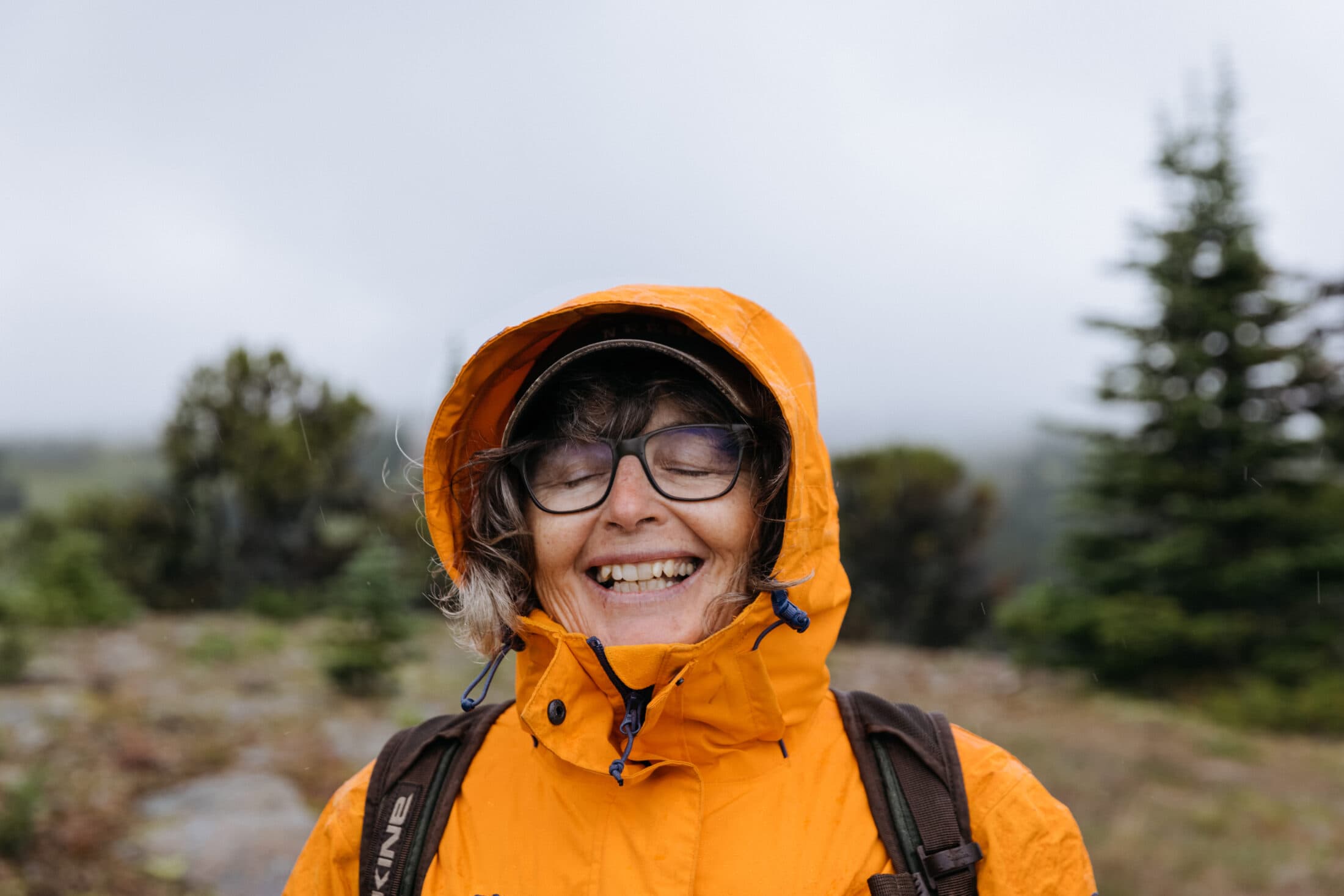
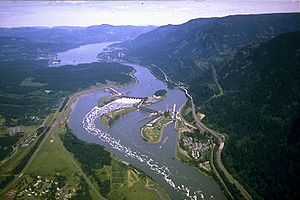



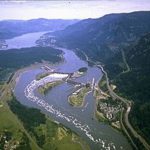



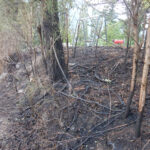




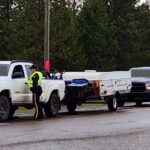




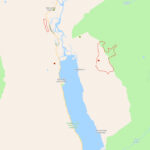




Comments